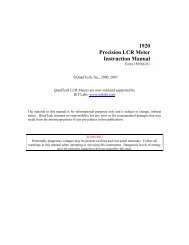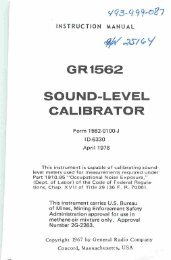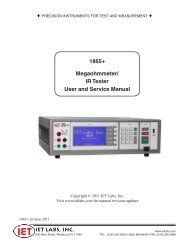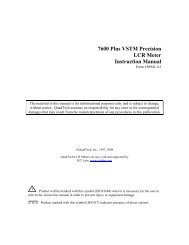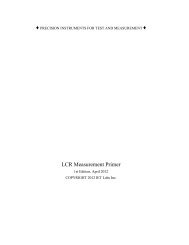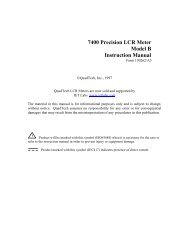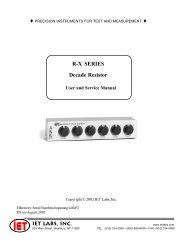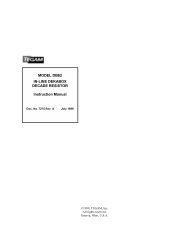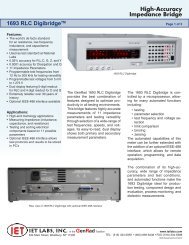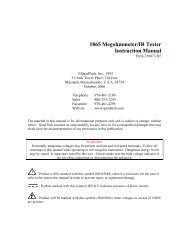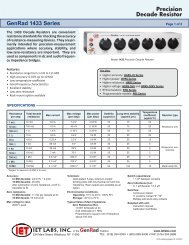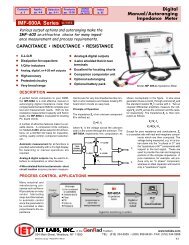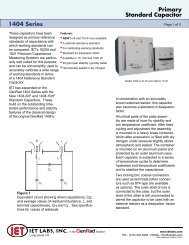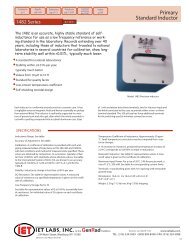Handbook of High Speed Photography - IET Labs, Inc.
Handbook of High Speed Photography - IET Labs, Inc.
Handbook of High Speed Photography - IET Labs, Inc.
Create successful ePaper yourself
Turn your PDF publications into a flip-book with our unique Google optimized e-Paper software.
The camera should not be loaded with film until consistent syn<br />
chronization is observed, because normal variations in shutter speed<br />
and flash contact operation may cause erratic results if the light flash<br />
occurs too close to the shutter opening or closing. Uneven exposure<br />
will result if the shutter blades are only partially open during the light<br />
flash, and the film will be completely dark if the flash occurs either<br />
too early or too late.<br />
Cameras with focal-plane shutters are usually limited in high am<br />
bient light conditions, because the film frame must be completely un<br />
covered for exposure at the instant the light flash occurs. Most focalplane<br />
shutters do not expose the entire film frame at one time, except<br />
at slow shutter speeds (anywhere from l/60th to l/125th <strong>of</strong> a second)<br />
or when operating in the "Bulb" or "Time" mode. The "open Flash"<br />
method <strong>of</strong> taking strobe pictures, described in paragraph 4.7, should<br />
always be kept in mind by the photographer, as it is the easiest method<br />
from the synchronization standpoint, and it can be employed with al<br />
most any camera.<br />
40



